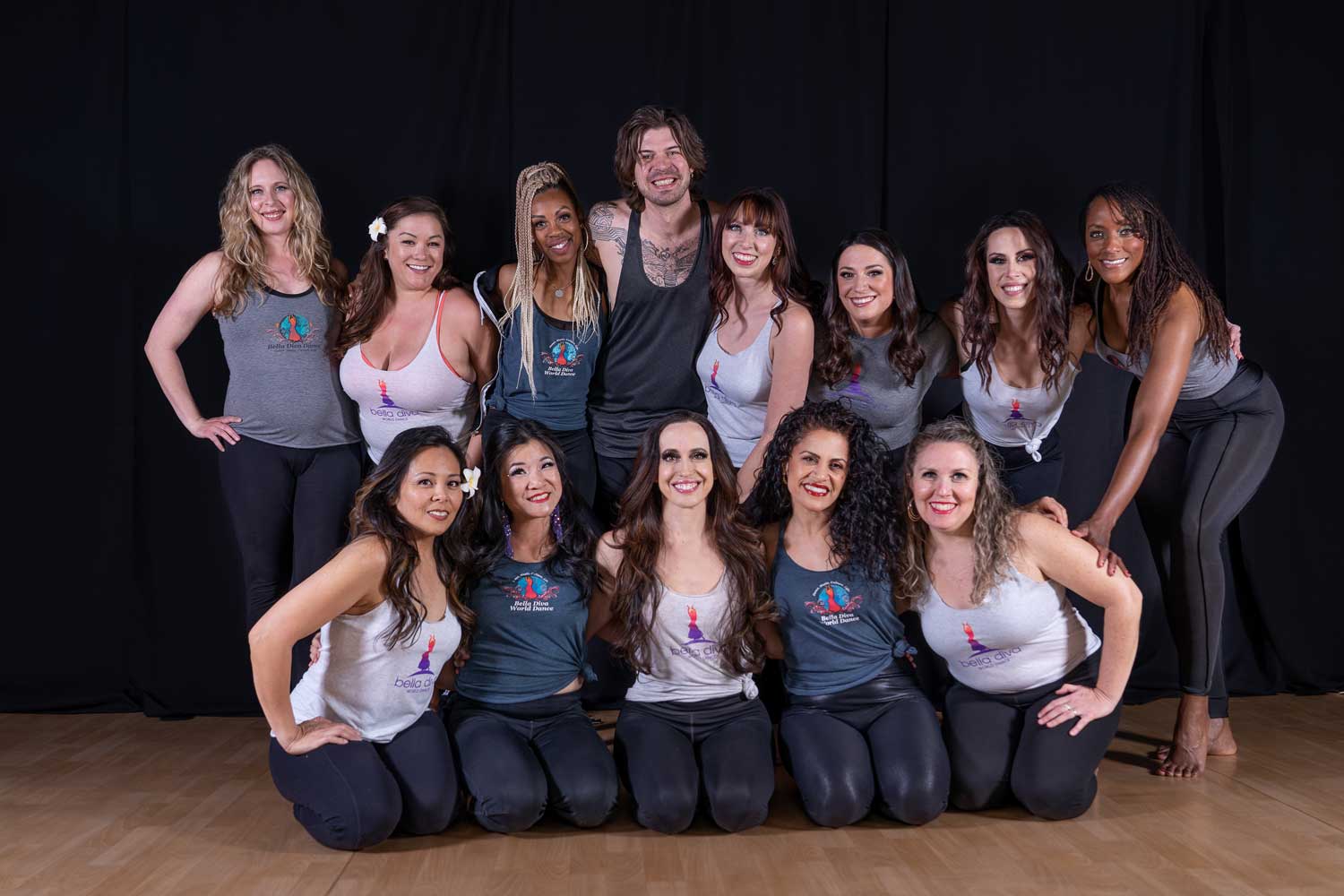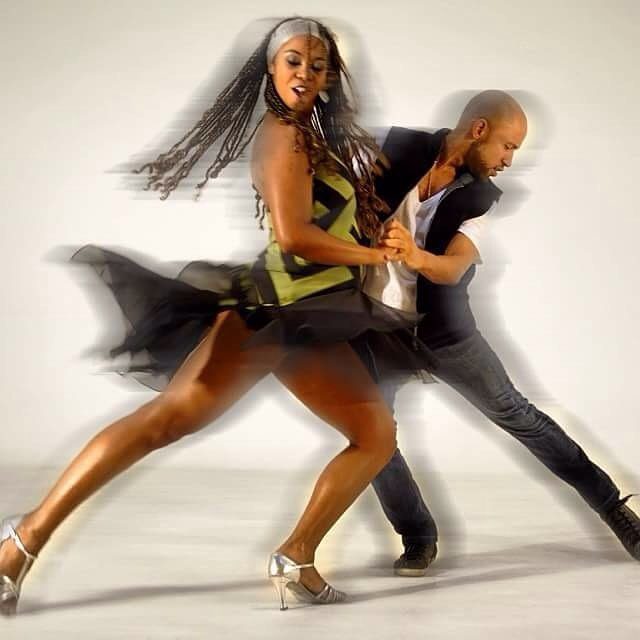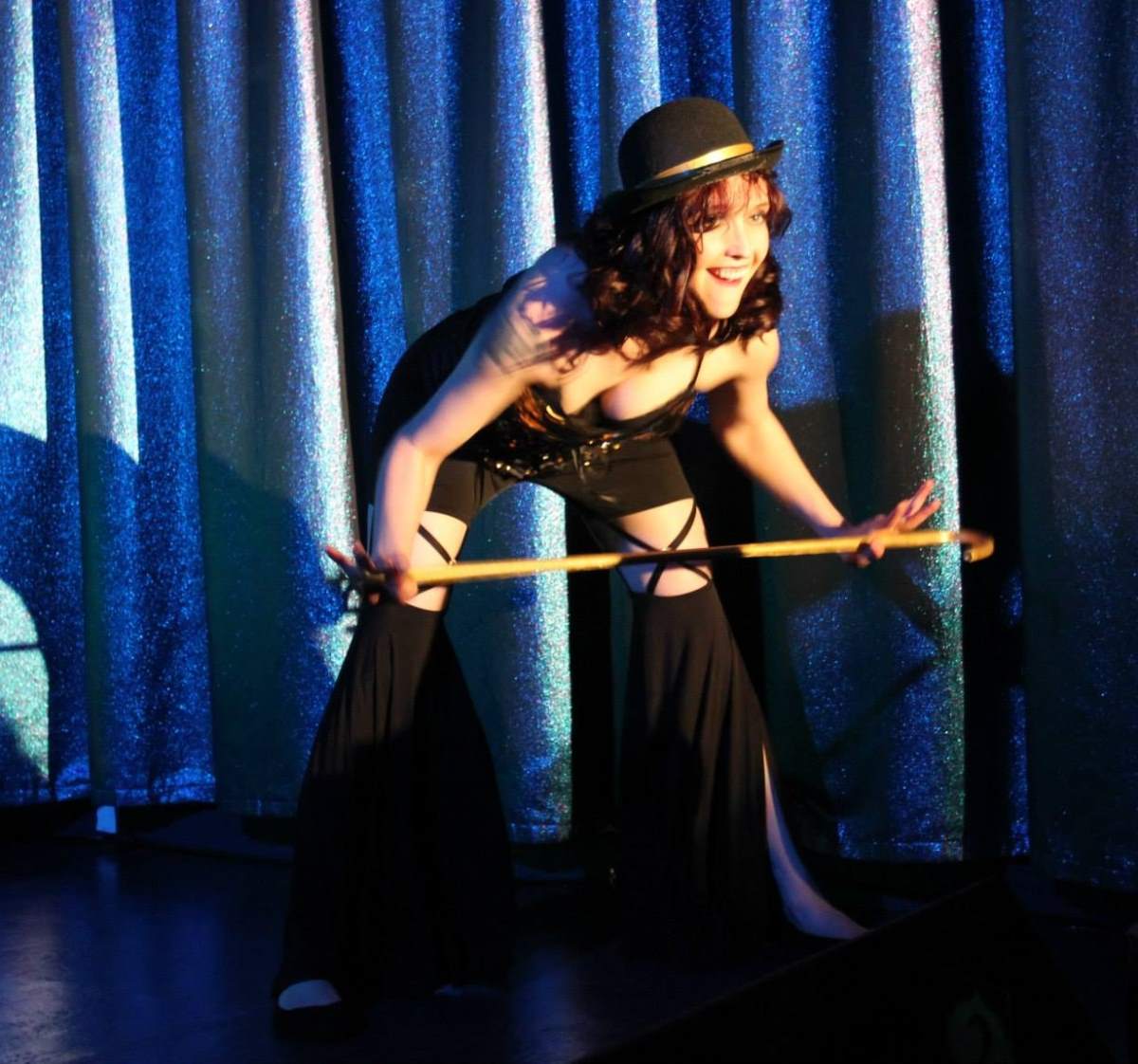Participation in physical activity comes with a risk of injury, dance being no exception. One of the most important ways to prevent dance injuries is to take the time to properly warm up the major muscles of the body. But sometimes, despite our best intentions dance injuries do occur. The following are five common dance injuries, along with their causes and treatment.
1. Muscle Cramp
A muscle cramp is an involuntarily contracted muscle that does not relax by itself. Muscle cramps are often quite painful and are usually felt in the back of the leg and in the front of the thigh. Muscle cramps often last only a few seconds, but occasionally can last from several minutes to an hour. Sometimes, a cramp can recur multiple times until it finally relaxes. Muscle cramps are caused by fatigue or muscle tightness, or an imbalance of fluid, salt, or potassium from heavy sweating.
Treatment: Treating a muscle cramp usually involves stretching the affected area.
Gently massaging the muscle will also help it to relax. Applying heat with a heating pad may also help. In severe muscle cramps, a doctor may recommend muscle relaxant medications.
Prevention: To prevent muscle cramps, make sure to stretch before and after dancing. Stretching before dancing, along with an appropriate warm-up and cool down, can prevent muscle cramps caused by physical activity. Good hydration before, during, and after dancing is also important. Muscle cramps that occur at night during rest may be prevented by an adequate stretching program.
2. Muscle Strain
A muscle strain involves damage to a muscle or its surrounding tendons that is caused by overstretching the muscle. Sometimes, a muscle strain is referred to as a pulled muscle. The injury usually causes tenderness of the muscle and possibly swelling. Muscle strains are caused by sudden contraction of a muscle and poor flexibility. The most common muscle strains involve the lower back, neck, shoulder, and hamstring.
Treatment: Minor muscle strains can be treated by rest, ice, compression, and elevation. Treatment may also include anti-inflammatory medications and pain relievers to reduce pain and swelling. Physical therapy is sometimes needed to help strengthen the muscle. In severe cases, surgery may be required to repair the damage.
Prevention: Dancers should take extra precautions to prevent muscle strains. It is very important to always stretch and warm up before every dance session. Also, remember to take the time to stretch after each dance session to prevent muscle stiffness.
3. Shin Splints
“Shin splints” is the name given to the condition involving pain at the front of the lower leg. Pain is usually felt at the front inside of the shin bone. Shin splints are often caused by jumping on hard surfaces, improper landing, and poor flexibility.
Treatment: Treating shin splints involves first reducing pain and inflammation, then restoring the muscles to their original condition. Complete rest from activity is usually recommended. For initial treatment, apply ice for a few minutes every hour, reducing the frequency of icing to three or four times per day. Anti-inflammatory medications can also be used to reduce inflammation, visit http://www.papsociety.org/prednisone/.
Prevention: If you are prone to developing shin splints, be sure to stretch your calves and Achilles tendon regularly before and after dance sessions.
4. Plantar Fasciitis
Plantar fasciitis is a strain or irritation on the ligament that connects your heel bone to your toes. The condition causes chronic pain and inflammation in the foot, especially the heel. Pain may also be felt in the arch.
Treatment: To reduce pain and swelling, try putting applying ice to your heel. Anti-inflammatory medications can help with inflammation and swelling. Stretching the toes, feet, and legs several times per day can also help with pain.
Prevention: To prevent plantar fasciitis, be sure your dance shoes fit correctly and replace them as needed. Be sure to bend your knees sufficiently when landing jumps.
5. Stress Fracture
Stress fractures are usually caused by overuse or repeated trauma to a bone. A stress fracture occurs when muscles become fatigued or overloaded and can no longer absorb the stress and shock of repeated impact. These injuries cause pain and swelling, and usually occur in the shins or balls of the feet.
Treatment: The best way to treat a stress fracture is to rest and take a break from any high-impact dancing to help the fractured bone heal.
Prevention: In order to prevent a stress fracture, set realistic dance goals with reachable timeframes. Do not try to push yourself too hard in order to perform difficult steps. Give your body plenty of time to develop the muscles you need in order to master difficult steps.
Bella Diva Dance offers belly dance classes in Denver. Our new studio is located in the Glendale Center on E. Mississippi Ave. and Birch St., near Colorado Blvd. Visit us today!









